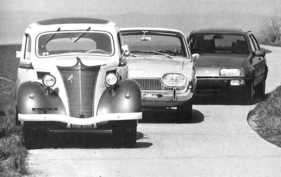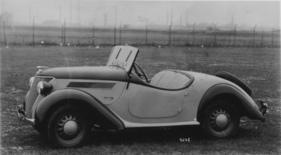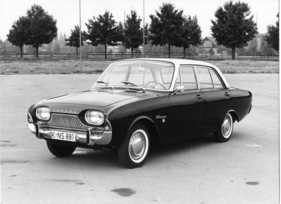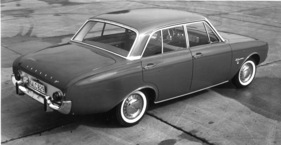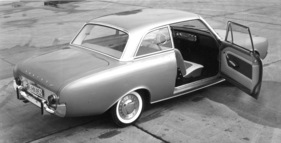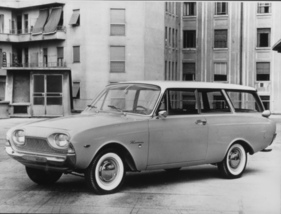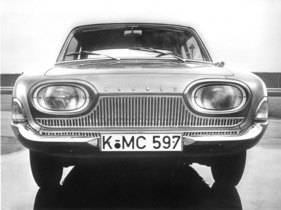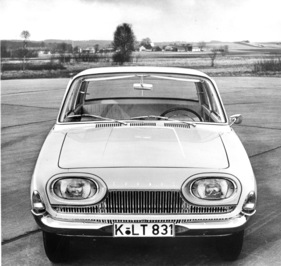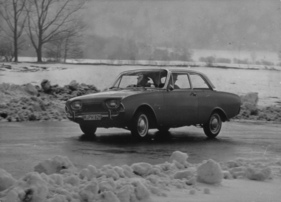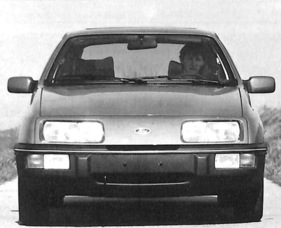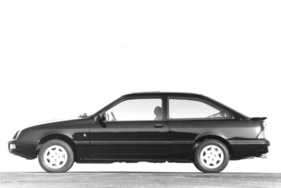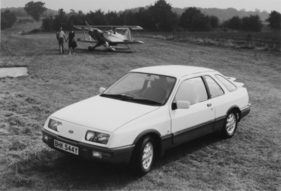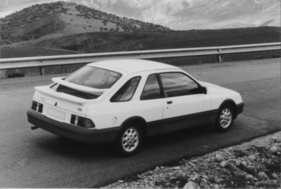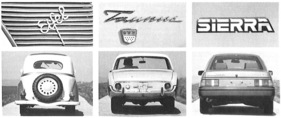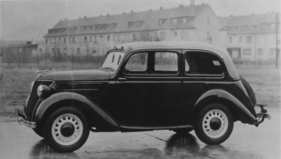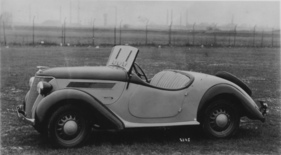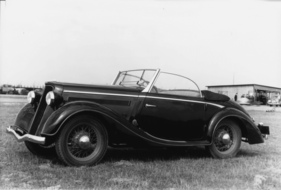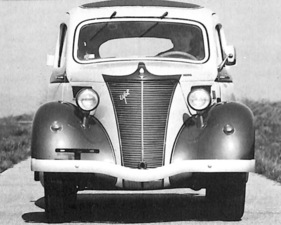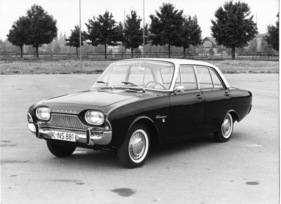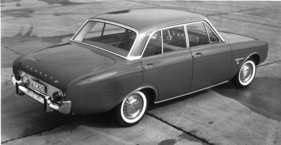Ford aerodynamics - The line of reason through the ages
Summary
Reason had a long tradition at Ford: as early as 1936, the Eifel placed great emphasis on streamlining and economy. The Taunus P3 and Sierra followed this ideal and competed with their ancestor in 1984 to compare the generations. In the meantime, even the then brand-new model with the aero rear end is over 40 years old. Has the last sentence of this historical article come true?
This article contains the following chapters
- Saving fuel through streamlining
- The more streamlined, the faster
- Progress in passive safety
- Comfort more important than road holding
Estimated reading time: 10min
Preview (beginning of the article)
Air resistance, aerodynamics, wind resistance - these words have never been used as frequently as they are today. The drag coefficient, this imaginary value, has become the most important criterion for assessing a new car model. But it is not only since the modern oil crisis that car body designers and marketing experts in the automotive industry have been thinking about how to reduce the wind resistance of a car. Ford in Cologne, for example, made two significant forays into streamlining long before the appearance of the smooth-surfaced Sierra; before the war with the legendary Eifel and in the early 1960s with the Taunus 17 M P3, popularly known as the "bathtub". Eifel, Taunus, Sierra - three generations, one concept.
Continue reading this article for free?
Photos of this article

